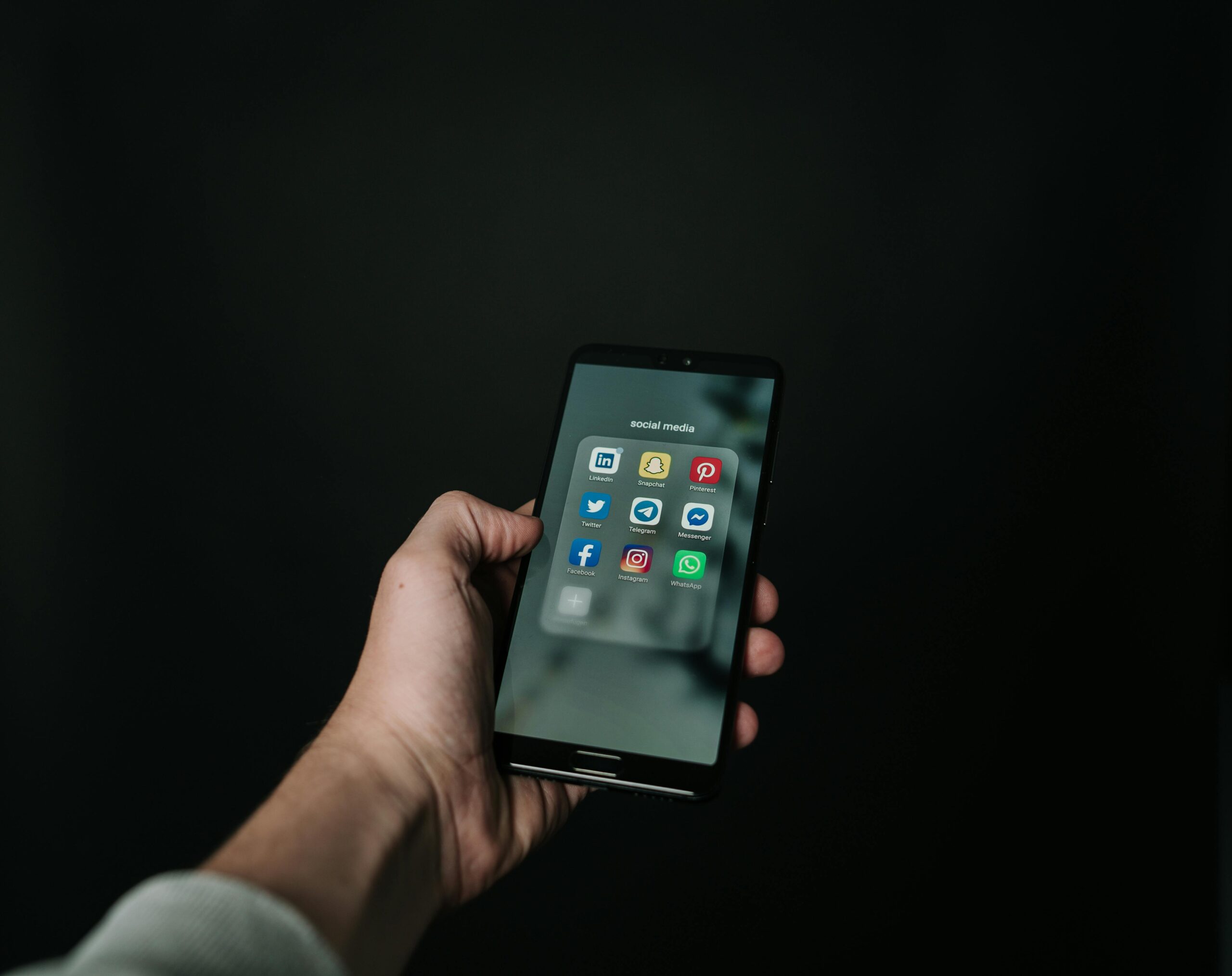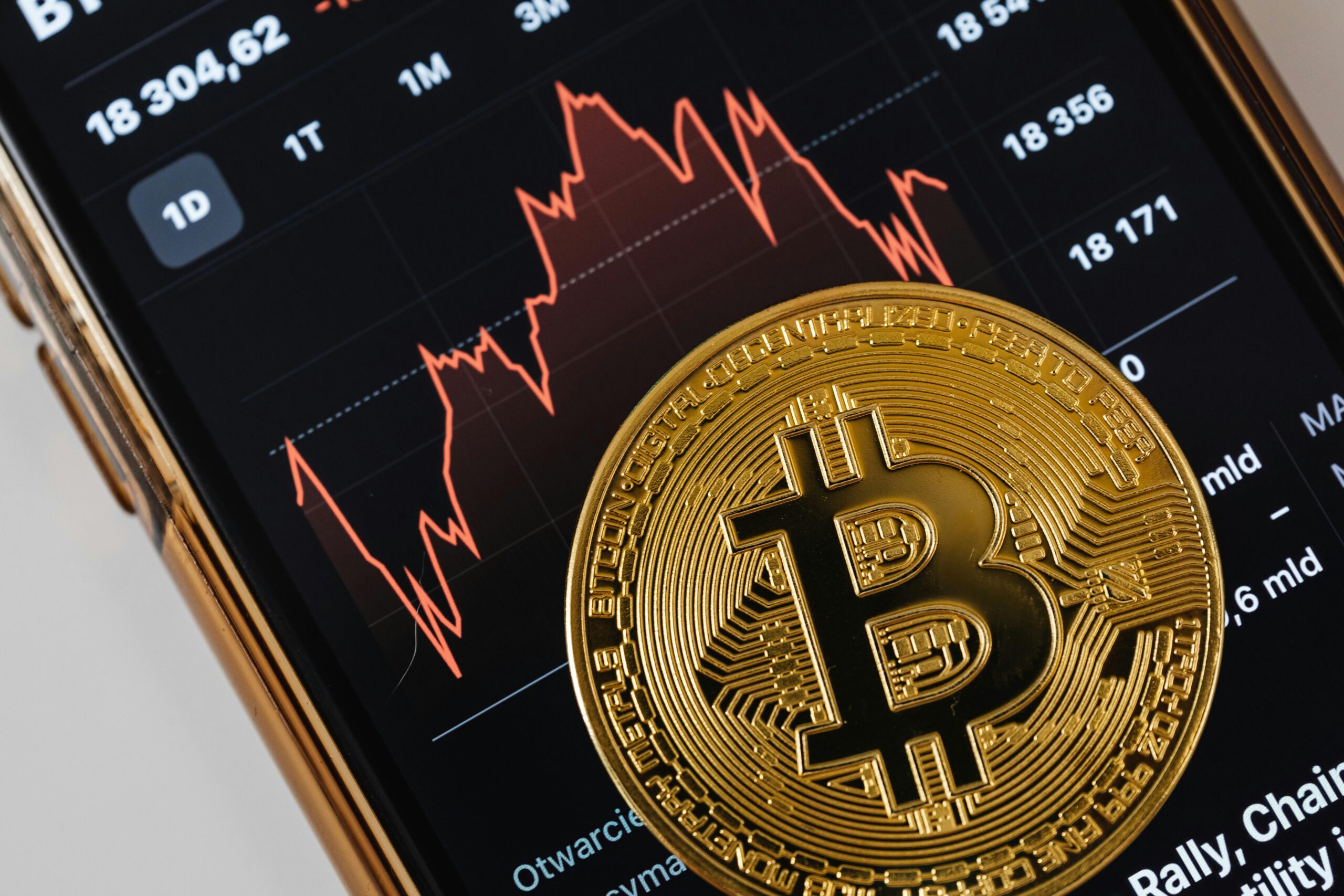Imagine this: A potential customer is walking past your store.
They check their phone, and—bam!—a notification pops up with a 15% discount just for today. Feels like magic, right? Well, that’s GPS marketing at work.
Instead of hoping people randomly stumble into your business, GPS marketing allows you to target them at the right place and the perfect time. Whether you run a cozy café, a busy gym, or a real estate firm, this strategy can drive foot traffic like never before.
Let’s break it down and see why this isn’t just another marketing buzzword.
What Exactly Is GPS Marketing?
At its core, GPS marketing uses real-time location data from mobile devices to deliver hyper-targeted ads, promotions, or notifications. The idea is simple: if someone enters a specific area—like near your store or even a competitor’s location—you can send them an offer they can’t ignore.
How it works
- GPS Tracking: Smartphones constantly ping satellites for location data.
- Targeting: Businesses define key locations within ad platforms (think: “anyone within 500 feet of my store”).
- Ad Delivery: Customers get a notification, promo, or ad when they enter the zone.
For example, a local coffee shop could send a “Buy One, Get One Free” deal the moment someone walks past their storefront. And let’s be real—who says no to free coffee?
Why Local Businesses Need To Jump On GPS Marketing
1. Right place, right time marketing
Unlike traditional ads that feel like background noise, GPS marketing grabs attention when it actually matters.
Example: A gym notices a spike in foot traffic outside during lunch hours. They start sending free trial pass offers to people nearby. More foot traffic = more memberships.
2. Higher engagement (Because it’s not random!)
Ever scrolled past an ad for something totally irrelevant? That’s not a problem here. GPS marketing targets people based on their real-time location, making offers way more relevant—and effective.
Stat Alert: Location-based ads have twice the engagement rate of standard mobile ads. Why? Because they hit when people are most likely to act.
3. Better ROI (No more wasted ad spend)
Traditional marketing feels like throwing darts in the dark. GPS marketing makes sure your ad spend goes to the right audience.
Example: Instead of paying thousands for a billboard, a boutique store runs mobile ads that only appear to people within a 2-mile radius. More bang for the buck.
4. Leveling the playing field against big brands
Think only national chains can dominate marketing? Think again. GPS marketing lets small businesses compete with the big guys—without breaking the bank.
Example: A family-owned pizza shop uses geo-targeted ads near college dorms. Suddenly, they’re competing head-to-head with Domino’s.
5. More personalized, less spammy
People love deals, but no one wants to be bombarded with generic ads. With GPS marketing, you can send offers based on past behavior.
Example: A clothing store notices a regular customer entering the mall every weekend. Instead of a generic discount, they send a personalized “20% off your favorite brand” coupon. That’s how you build loyalty.
Strategies That Make GPS Marketing Even More Powerful
1. Geo-fencing (Setting up virtual borders)
This is the secret weapon. Businesses can create virtual boundaries around specific locations—like their store, a competitor’s shop, or even a local event.
Example: A car dealership sets up a geo-fence around a nearby shopping mall. When potential buyers visit, they get an exclusive offer on their phone.
✔️ Pro Tip: Keep the radius reasonable (1-5 miles) to avoid wasting ad spend.
2. Geo-conquesting (Stealing customers from competitors)
Want to win customers away from the competition? Target people visiting rival businesses with better offers.
Example: A coffee shop sends a “$1 off any latte” notification to customers near a competitor’s café. Let the coffee wars begin!
✔️ Pro Tip: Make your offer too good to ignore.
3. Real-time push notifications (Act fast!)
Timing is everything. GPS marketing lets you send location-based deals when customers are already nearby.
Example: A clothing store inside a mall sends a flash sale alert when people enter.
✔️ Pro Tip: Don’t overdo it—1-2 notifications per week keep engagement high without being annoying.
4. Weather-based targeting (Because weather affects shopping)
Smart marketers use real-time weather data to tailor their promotions.
Example: A smoothie shop promotes cold drinks on hot days, while a café offers discounts on hot chocolate when it’s freezing out.
✔️ Pro Tip: Weather affects mood. Use it to your advantage.
5. Location-based social media ads (More than just Google)
Platforms like Facebook, Instagram, and TikTok let you run hyper-local ads that reach the right audience.
Example: A local festival targets ticket sales ads within a 10-mile radius of the venue.
✔️ Pro Tip: Combine location targeting with interest-based filters for even better results.
Challenges & How To Fix Them
1. Privacy concerns (People don’t like feeling stalked)
Be transparent. Offer incentives for customers to opt-in and share their location.
Example: A restaurant gives a 10% discount for enabling location tracking in their app.
2. Bad location data (Not all GPS data is accurate)
Use high-accuracy GPS tracking rather than unreliable IP-based locations.
✔️ Pro Tip: Regularly update your location settings to keep things precise.
3. Ad fatigue (Nobody likes deing bombarded)
Optimize your ad frequency so users don’t feel overwhelmed.
Example: Instead of blasting notifications daily, send targeted offers 1-2 times a week for better engagement.
Conclusion
Let’s be real—GPS marketing isn’t the future. It’s already here, and businesses using it are seeing real results.
If you want more foot traffic, more sales, and a smarter way to market, it’s time to tap into the power of GPS. The only question is… will you start using it before your competitors do?




